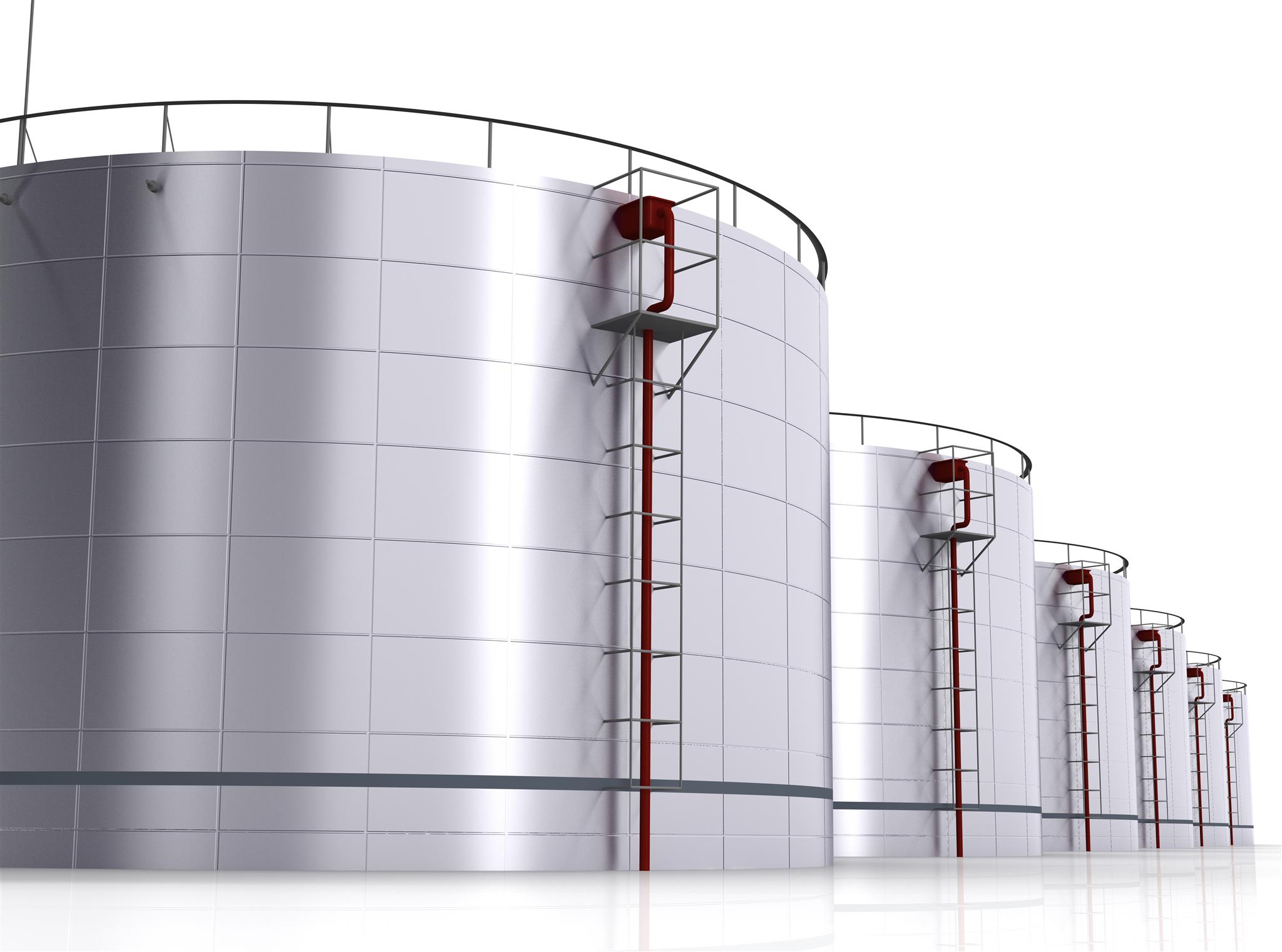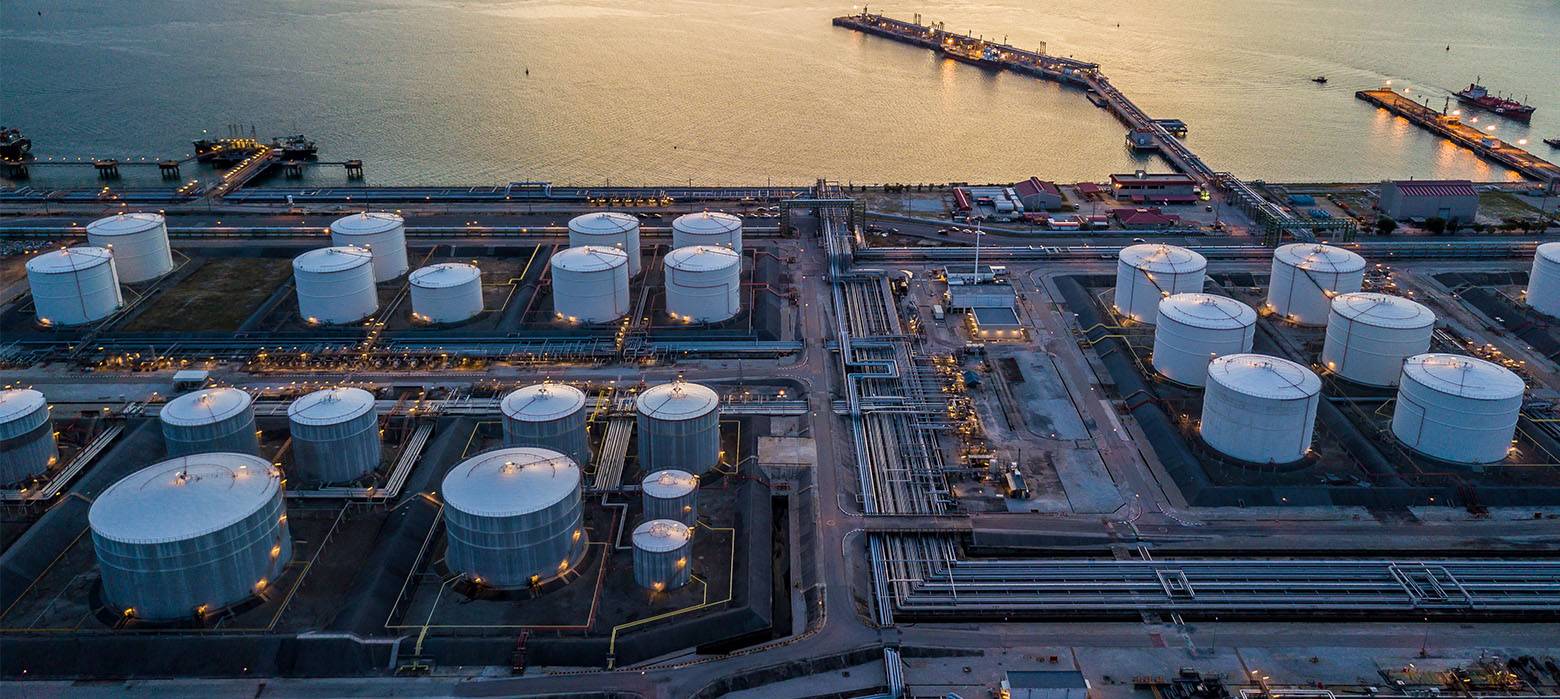
- admin
- January 22, 2019
Guidelines for Secondary Containment Used for Industrial Tank
A secondary containment is used to surround one or multiple primary storage containers for collecting any spillage of hazardous materials in case of container failure or loss of integrity.
Secondary containers must be installed to store hazardous materials for minimizing or preventing the possibility of any accidental release and comply with certain federal, state, and local regulations that deal with chemical storage.
There are several types of hazardous materials, including oil-filled equipment, hazardous waste, and chemicals.
There are different types of tanks used for industrial storage purposes, among which above ground storage tanks are widely used. These types of tanks need secondary containment to ensure safety.
Requirements for Secondary Containment
o All hazardous materials that are liquid must be within approved secondary containment for preventing release as well as uncontrolled:
• mixing of chemicals that are incompatible
• damage associated with the leak of liquid materials through concrete floors and tiles to workplaces below
• discharge of any hazardous materials through sewers, storm drains, cup sinks, unplugged drains etc.
o Whenever stored on floor, all hazardous materials that are liquid, must be within approved secondary containment.
o Whenever hazardous materials are declared as waste, they must be within approved secondary containment.
o Hazardous materials stored inside sub-standard or non-approved units or storage cabinets that may pose a risk (for example, oxidizers or flammables in wooden cabinets) must be kept within secondary containment until the installation of approved storage unit.
o It’s necessary to have a secondary containment whenever specified by any local, state, or federal regulation.
Construction of Secondary Containment
Secondary containment should be built of materials with the ability to contain a leak or spill, and the containment should be compatible with substances stored within.
Volume of Secondary Containment
o For single container, the secondary containment should be 110 % of primary container.
o For multiple containers, the secondary containment should be 10% of all the containers’ aggregate volume or 150% of the volume of the largest container, whichever is greater.
These are some of the guidelines associated with installation of secondary containment for primary storage tanks.
- Industrial Storage Tanks
- Industrial tanks
- secondary containment guidelines
Category
- Above Ground Fuel Tanks
- Above Ground Gas Storage Tank
- Above Ground Storage Tanks
- Above Ground Water Storage Tanks
- Agricultural Tanks
- Chemical storage Tanks
- Diesel Fuel Storage Tanks
- Diesel Storage Tanks
- Exernal FloatingRoof Tanks
- Farm Water Tank
- Fiberglass Oil Tanks
- Fiberglass Septic Tanks
- Fiberglass Tanks
- Fiberglass Underground Fuel Storage Tanks
- Field Erected Tanks
- Floating Roof Tank
- Food and Beverage Tanks
- Fuel tank
- Industrial Chemical Storage Tanks
- Industrial Gas Tanks
- Industrial Plastic Tanks
- Industrial Storage Tanks
- Industrial Tank heating pads
- industrial tanks
- Natural gas
- Natural gas vs Propane
- oil storage tank
- Oil Storage Tanks
- Peracitic Acid
- Petroleum Tanks
- Residential gasoline storage tanks
- Residential Water Storage Tanks
- Sodium Hydroxide Storage Requirements
- Sodium Hypochlorite Storage Tanks
- Steel Storage Tanks
- storage tank failure prevention
- Storage Tanks
- Sulfuric Acid Tanks
- Uncategorized
- UnderGround Storage Tanks
- Waste water tank
- Water Storage Tanks

 Tank Size Calculator
Tank Size Calculator






